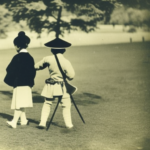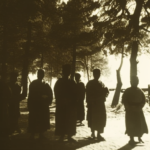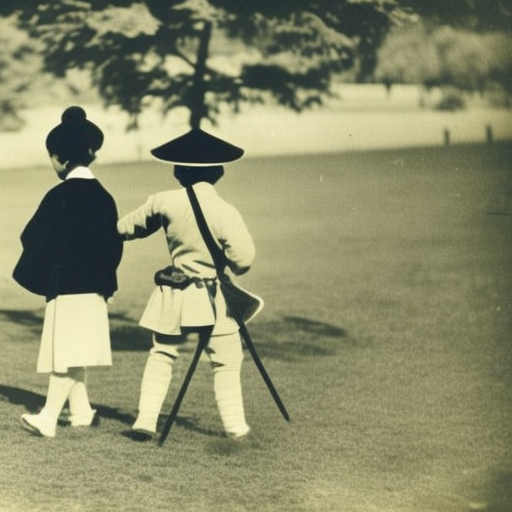The Tang Dynasty’s Golden Age
The Tang Dynasty’s Golden Age refers to a period of prosperity and cultural flourishing during the reign of the Tang Dynasty in China, which lasted from 618 to 907 CE. This era is often regarded as one of the most glorious in Chinese history, characterized by advancements in various fields, including art, literature, technology, and governance.
Economic Prosperity
Under the Tang Dynasty, China experienced significant economic growth and prosperity. The government implemented various reforms to promote agriculture, resulting in increased agricultural production and improved irrigation systems. This led to a surplus of food, which in turn supported a growing population and stimulated trade.
The Tang Dynasty also established an extensive network of roads and canals, facilitating transportation and trade within the empire. The Silk Road, a major trade route connecting China with Central Asia and the Mediterranean, flourished during this period, allowing for the exchange of goods, ideas, and cultures between East and West.
Cultural Flourishing
The Tang Dynasty’s Golden Age was marked by a vibrant cultural scene. The capital city of Chang’an (modern-day Xi’an) became a cosmopolitan center, attracting scholars, artists, and traders from all over the world. The imperial court patronized the arts, leading to the development of new artistic styles and forms.
Poetry, in particular, reached its zenith during this period. Many renowned poets emerged, including Li Bai and Du Fu, whose works are still celebrated today. Tang poetry is known for its lyrical beauty, emotional depth, and vivid descriptions of nature and human experiences.
The Tang Dynasty also witnessed advancements in painting, calligraphy, and sculpture. Artists experimented with new techniques and styles, creating exquisite works that reflected the cultural diversity and cosmopolitanism of the era.
Technological Advancements
The Tang Dynasty was a time of remarkable technological progress. The invention of woodblock printing revolutionized the dissemination of knowledge and contributed to the spread of literacy. The first printed book, the Diamond Sutra, was produced during this period.
The Tang Dynasty also made significant advancements in agricultural technology. The use of new tools, such as iron plows and water-powered mills, increased agricultural productivity and improved the lives of farmers.
Furthermore, the Tang Dynasty witnessed the development of gunpowder, which would later have a profound impact on warfare and technology worldwide. Although initially used for medicinal purposes, gunpowder eventually found its way into military applications, such as flamethrowers and explosive projectiles.
Effective Governance
The Tang Dynasty’s Golden Age was characterized by effective governance and a strong central administration. The dynasty implemented a merit-based civil service examination system, which allowed talented individuals from all social backgrounds to serve in the government. This system helped to ensure a competent and efficient bureaucracy.
The Tang Dynasty also implemented a series of legal reforms, including the establishment of a comprehensive legal code known as the Tang Code. This code provided a framework for fair and just governance, ensuring the protection of citizens’ rights and the maintenance of social order.
Decline and Legacy
Despite its achievements, the Tang Dynasty eventually declined due to a combination of internal strife, external invasions, and economic instability. The dynasty fragmented into regional kingdoms, leading to the period known as the Five Dynasties and Ten Kingdoms.
Nevertheless, the Tang Dynasty’s Golden Age left a lasting legacy. Its cultural achievements continue to influence Chinese art, literature, and philosophy. The dynasty’s administrative reforms and legal system also had a profound impact on subsequent Chinese dynasties.
In conclusion, the Tang Dynasty’s Golden Age was a period of remarkable prosperity and cultural flourishing in China. It witnessed advancements in various fields, including economics, arts, technology, and governance. The dynasty’s achievements continue to shape Chinese civilization and are celebrated as a pinnacle of Chinese history.












